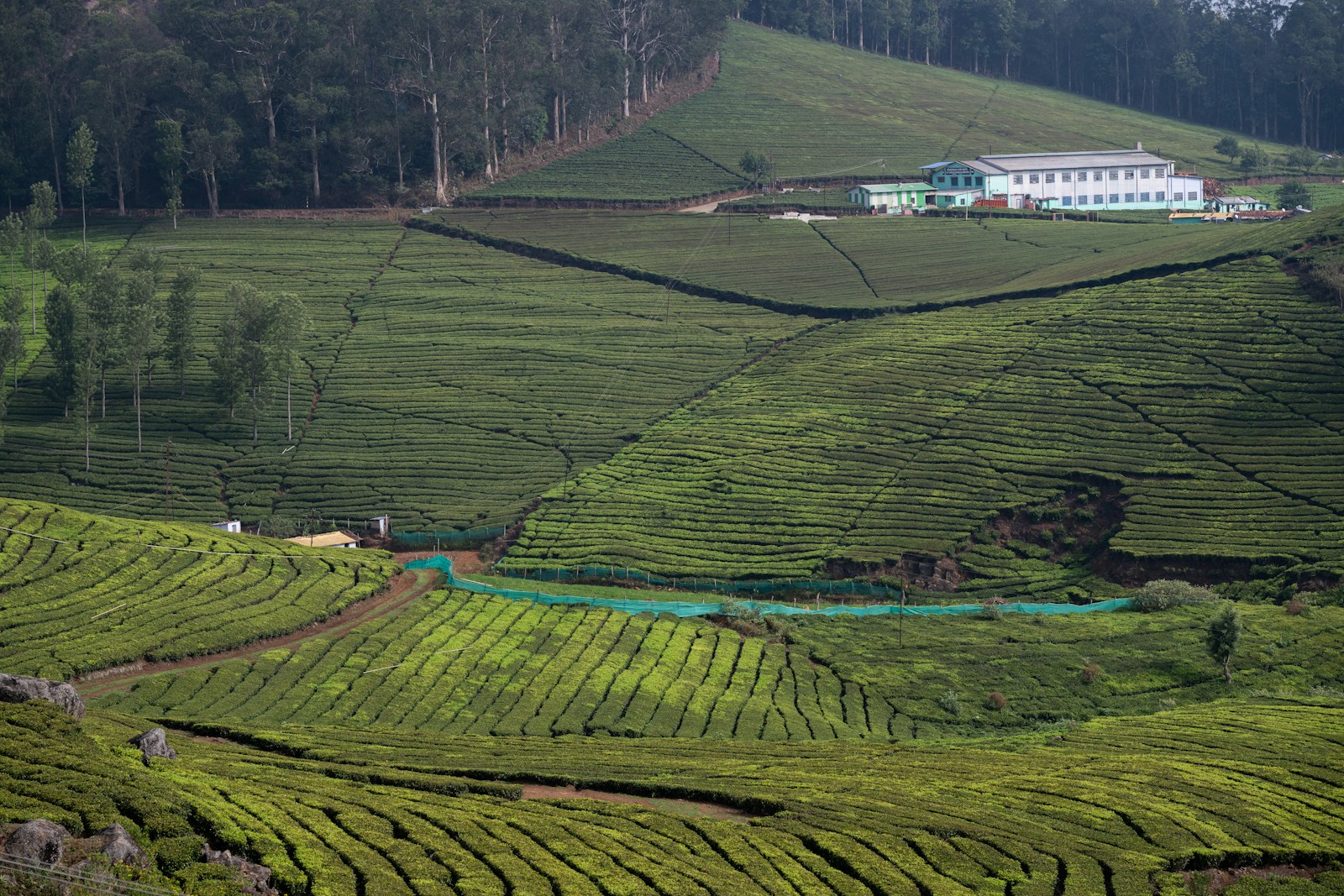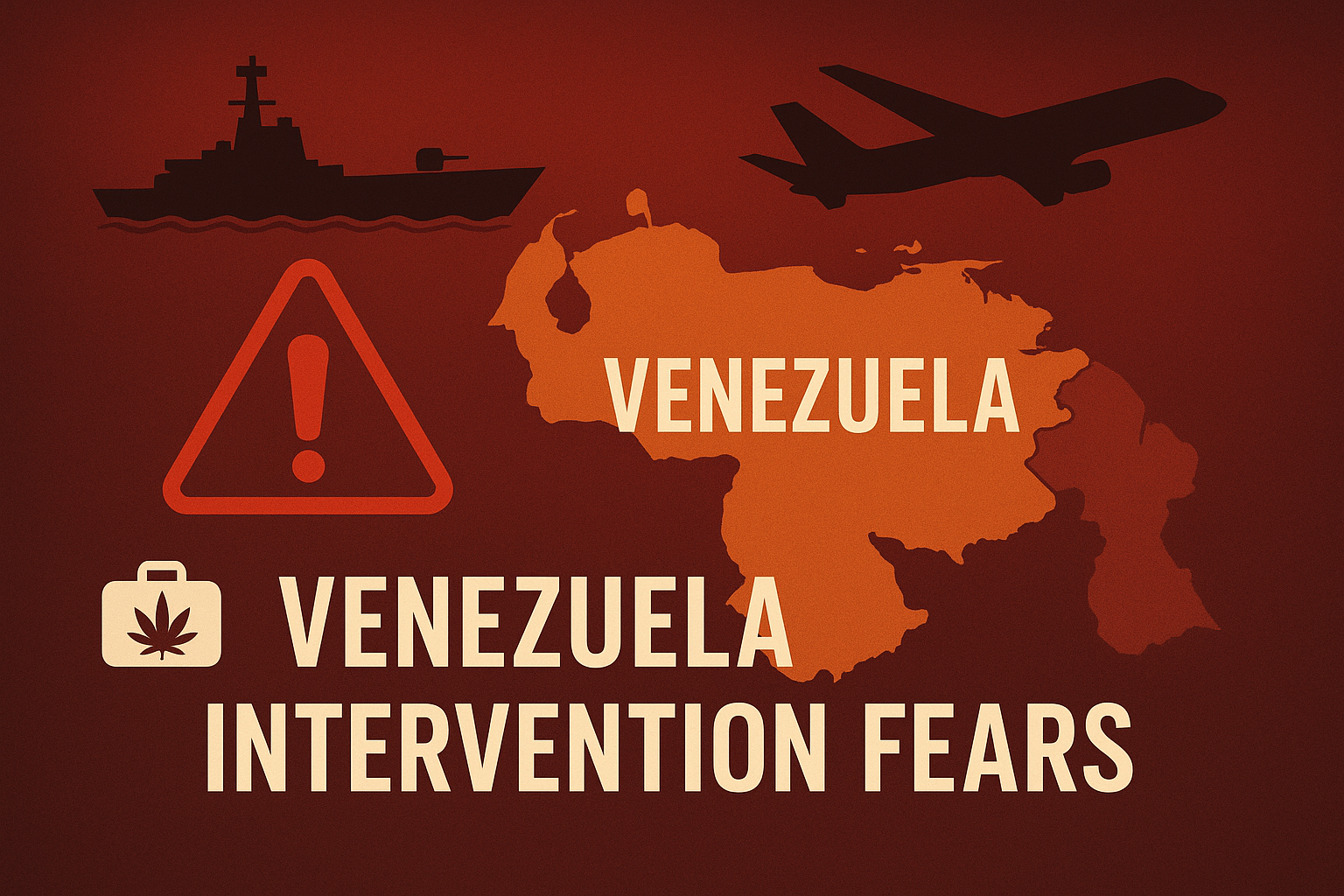China Rwanda Agriculture: Powerful Insights on Diplomatic Collaboration
The recent high-level meeting between Ambassador GAO Wenqi and Rwanda’s Minister of Agriculture and Animal Resources marked a pivotal moment in strengthening bilateral agricultural ties. China Rwanda Agriculture has become a focal point of collaboration, reflecting shared priorities in innovation, sustainability, and economic growth. This article explores five transformative insights emerging from this diplomatic engagement, highlighting how international partnerships can drive tangible results.
1. China Rwanda Agriculture: Strengthening Bilateral Agricultural Relations
The meeting underscored China Rwanda Agriculture as a cornerstone for long-term cooperation. Ambassador GAO Wenqi emphasized the commitment to enhancing agricultural trade, technology transfer, and research collaboration. Both nations agreed that leveraging each other’s expertise can optimize food production, improve livestock management, and boost rural economies.
2. Promoting Technological Innovation
Technology is a critical driver in modern agriculture. China Rwanda Agriculture initiatives now focus on introducing precision farming tools, advanced irrigation systems, and data-driven crop management solutions. By sharing innovative agricultural practices, both countries aim to increase crop yields, reduce waste, and ensure food security in Rwanda while fostering sustainable growth.
3. Enhancing Animal Resource Management
Livestock management was a major topic during the discussions. China Rwanda Agriculture programs will provide technical training, veterinary support, and advanced breeding techniques to Rwanda’s animal husbandry sector. This collaboration is expected to improve animal health, productivity, and overall efficiency, benefiting farmers and local communities alike.
4. Fostering Sustainable Agricultural Practices
China Rwanda Agriculture emphasizes sustainability as a key goal. Both countries are collaborating on projects that promote eco-friendly farming techniques, soil conservation, and climate-resilient crops. These initiatives aim to balance economic growth with environmental protection, ensuring that Rwanda’s agricultural sector thrives responsibly for future generations. For more insights into sustainable practices, visit FAO Africa.
5. China Rwanda Agriculture: Expanding Trade Opportunities
Trade expansion is central to the China Rwanda Agriculture partnership. By improving export infrastructure and streamlining regulatory processes, both nations aim to increase the volume and quality of agricultural products exchanged. This cooperation not only enhances economic ties but also opens new markets for Rwandan farmers, providing them with access to advanced Chinese agricultural machinery and expertise.
6. Building Capacity Through Training
Human capital development is crucial for sustainable agricultural growth. China Rwanda Agriculture includes extensive training programs for Rwandan agricultural professionals, covering modern farming techniques, livestock management, and agricultural business strategies. Interested readers can explore related training programs on our website here.
7. Strengthening Policy and Governance
China Rwanda Agriculture also focuses on aligning agricultural policies and governance frameworks. Both countries are sharing insights on policy formulation, regulatory compliance, and agricultural subsidies to create an enabling environment for farmers. Strong governance ensures that innovations and trade initiatives have a lasting, positive impact on the agricultural sector.
8. Encouraging Youth Participation
Engaging young people in agriculture is a strategic priority. China Rwanda Agriculture programs target youth through educational campaigns, entrepreneurship support, and digital farming platforms. By empowering the next generation of farmers, Rwanda is set to benefit from fresh ideas, innovative solutions, and long-term sectoral growth.
9. Strengthening Research and Development
Research and development are at the heart of China Rwanda Agriculture collaborations. Joint studies focus on crop resilience, pest control, and climate-adapted farming techniques. This collaborative R&D ensures that both nations can respond effectively to emerging agricultural challenges, creating a robust knowledge base for continuous improvement.
10. Enhancing Food Security
Ultimately, China Rwanda Agriculture aims to boost food security across Rwanda. By combining trade, technology, training, and sustainable practices, both countries are creating a resilient food system. This holistic approach not only safeguards communities against shortages but also fosters economic stability and growth for rural areas.
Conclusion
The recent diplomatic engagement highlights how China Rwanda Agriculture serves as a model for international agricultural collaboration. From policy alignment to technological innovation, this partnership demonstrates the power of strategic cooperation. As both nations continue to work together, the agricultural sector in Rwanda is set to experience transformative growth, ensuring a prosperous and sustainable future.




